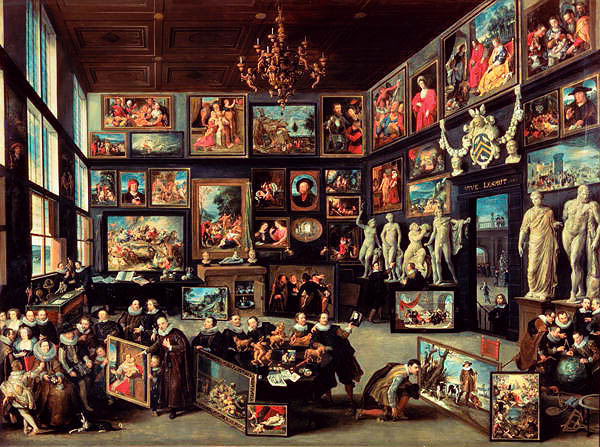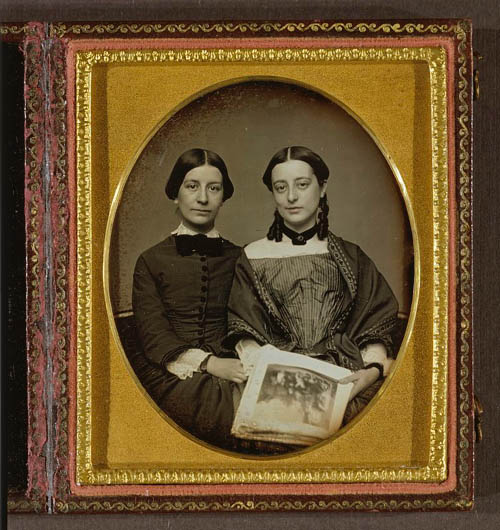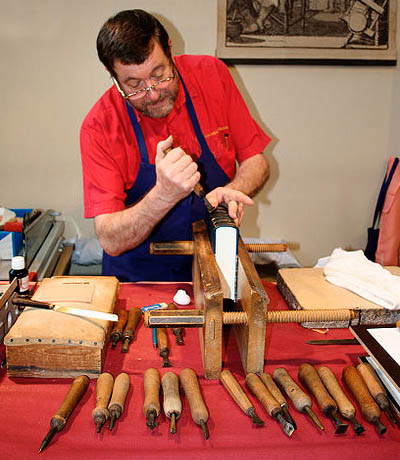You've been Framed
Version 1.0, © 2009 by Dale Cotton, all rights reserved.
Hung up on wall display? Read on.
Ever since we climbed down out of the trees and moved into caves, homo sapiens has gazed upon the blankness of surrounding walls with a single thought: "boring". From there but a short step to the cave paintings of Lascaux.
The most natural and obvious object with which to fill the visual void of a blank wall is the trophy; mastodon tusks being a bit over-sized, the skulls of neighbouring tribesmen were popular. Now more frequently mounted are moose heads, PhD diplomas, Picasso etchings, and 50 inch flat screen TVs. Each of these functions to remind their owner of the thrill of the hunt, with the added benefit of conferring bragging rights. But when the supply of monster trout and bowling trophies runs low we turn to other alternatives, which brings us back to cave paintings.
What do you do with an oil painting when you're done painting it? You hang it on a wall. An oil painting is a naturally large item. This is because there is a minimum practical size for a brush stroke. Oil painting miniatures (anything under 12 to 14 inches on a side) are not unheard-of but are certainly the exception, not the rule. The largish size of an oil painting makes it a good fit for wall hanging: the image it contains can be seen from any distance within a typical room of a typical home.
In contrast, a photograph is naturally a smaller object. The human visual system makes sense of the visual world by finding the edges/outlines that separate one object from another. Photography works by recording a large array of microscopically tiny dots of colour. Edges are the very things that become progressively harder to maintain as you increase the size of a photograph by enlargement. It's precisely in miniatures that photography finds its natural genius – and while a miniature can be hung, the wall is not its natural resting place: the image it contains is too small to discern without moving in close.
In contrast to a typical oil painting, a miniature is something that can be handled. We are creatures of the hand just as much as we are creatures of the eye. When something is small enough to handle our instinctive response is to grasp it. "Don't touch!" becomes one of the most-used sentences in the vocabulary of any parent, thanks to our instinctive desire to do just that.
Go to any art gallery and observe people interacting with wall-hung paintings. To look at an oil painting you're forced to stand instead of sit and to stand still instead of move. This immediately separates you from and puts you at a distance from the painting – in other words: your interaction tends towards evaluation rather than involvement. People looking at wall-hung art instinctively become judges (arms folded over the chest) and are involved in the object by attempting to answer the question: "do I like this picture?" If the answer ends up being "yes", that's nice, but there's not a lot to do after that but stand there gazing in unnatural stillness until the eye tires of that experience. Next.
In contrast to hung art the encased daguerreotype actually requires the active participation of handling and exudes a natural aura of preciousness thanks to the combination of small size and exquisite detail. We instinctively recognize that each daguerreotype is unique, further adding to the sense of preciousness.
All of which is not to say that wall art is useless, or that photographs should always be small and never be framed for hanging. Rather, the point is that alternatives need to be more thoroughly explored and exploited.
The new technology of LCD frames is the crude beginning of what could be the natural home of the digital photograph. They are objects that can be handled and used interactively. What's needed is to a) up the resolution from the current 100 pixels per inch range to the 300 pixels per inch range of a fine paper-based print; b) lose the cord; c) lose the glare.

Fig. 7: Photo albums
The photo album has long been a natural resting place for snapshots. Print portfolios are universally used by professional photographers to drum up business. Photography books rest on seemingly every coffee table on the planet. In fact, photo albums and print portfolios are books every bit as much as mass-produced books are. Books, like daguerreotypes, are objects that have to be handled and so naturally involve, instead of distancing, the viewer. Books are objects that have to be viewed at no greater distance than arm's length, and so work well with the naturally small size of photographic prints.
But the broad category of photo books is no more near its perfected form than is the LCD frame. Photo albums and print portfolios lack the physical perfection that the stitch-bound, hardcover book has had for hundreds of years. Yet the hardcover book contains reproductions that rarely get within the same ball park as an art-grade darkroom or inkjet photographic print. Further: they possess a second failing that is just as much a show-stopper: cost of production.
The seemingly obvious, yet always overlooked solution is to hand-bind a set of handmade prints into book form. Hand-binding is a craft taught at art schools and some universities.
Along the same lines is a display format that has long existed but is little-used: the box set of loose prints. The downside, since photo prints are made of paper, is that loose prints are subject to wear and soiling over the years no matter how carefully handled. The upside is that wear is a natural aging process and can be attractive in itself. Plus, a box set is even more interactive than a book: the box must be opened, the prints removed, the top print must be shuffled to the back to view the next print, etc.
All the above options – from 30 by 50 inch frames to a box of 8 by 10 inch prints – are on the fast track to joining the mastodons. Flat/still images are quickly becoming museum relics, as the world moves through a brief era of music videos and YouTube videos on its way to brain-induction full sensory input. As has always been the case, flat/still image display technology will reach the state of true perfection about two days after it has been rendered completely obsolete.







